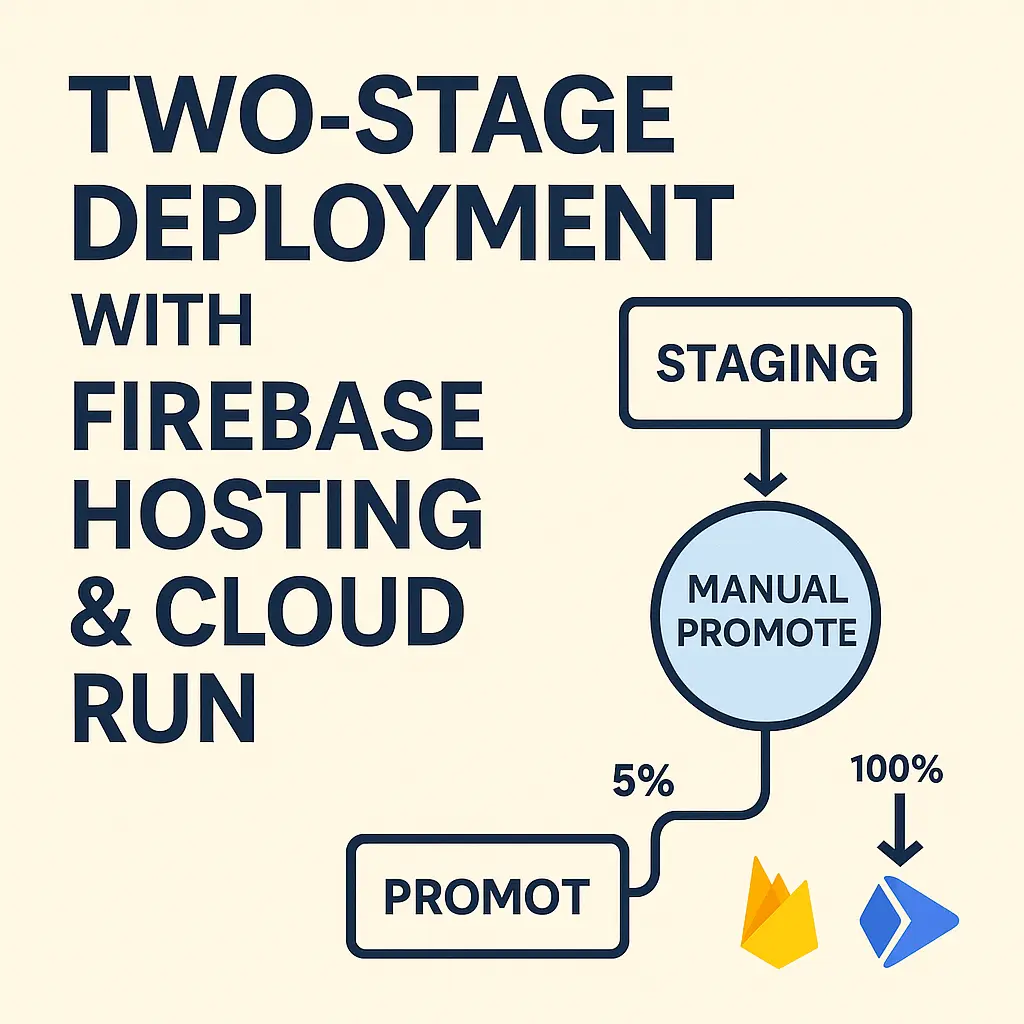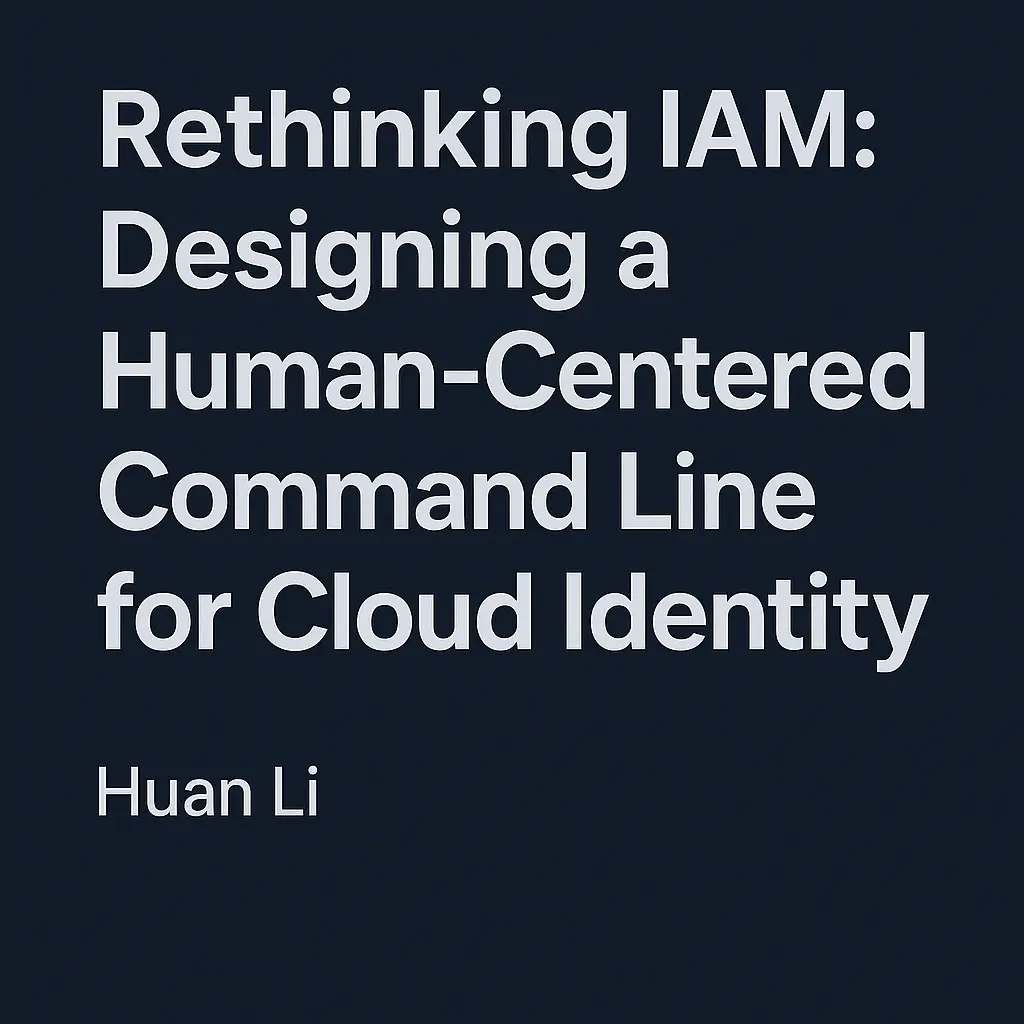When I first started using Microsoft Azure, I thought I understood the basics of cloud billing: a subscription, a credit card, and an invoice. Easy, right?
But soon I was knee-deep in a swamp of mysterious terms — MCA, EA, MOSP, CSP, billing scopes, profiles, invoice sections… it felt like wandering through the ruins of multiple civilizations stacked on top of each other. Even worse, I actually lost money once because I didn’t understand which credits applied where. 😩
After weeks of research — reading Microsoft docs, Reddit threads, and Stack Overflow posts — I realized the root problem wasn’t me. It was design debt. Azure’s billing system is the product of many eras, mergers, and internal reorganizations. Each generation left its own fossils: new hierarchies, renamed concepts, legacy contracts.
So I started thinking: what if we could redesign Azure’s billing system from scratch, with modern product design principles and a focus on clarity? What if even a non-technical business user could get it at first glance — the long-awaited aha moment?
Below is that re-imagined design. It’s not just prettier — it’s fundamentally more logical, human, and teachable.
🧭 The Philosophy: Minimum Mental Load
The goal is simple: anyone — developer, finance manager, or intern — should be able to understand how money flows in Azure without reading a 60-page doc.
Principles:
- Two trees: Money (who pays) and Work (who builds).
- Each node has one clear purpose.
- Naming uses plain English, not acronyms.
- No duplicate concepts, no parallel hierarchies doing the same job.
- Everything rolls up neatly; every dollar is visible once.
💡 The New Hierarchy — Built for Humans
The Money Tree (Billing)
Agreement → Invoice Group → Cost Center → Project
- Agreement – your commercial contract with Microsoft.
- Invoice Group – produces one invoice; defines currency, tax, and payment method.
- Cost Center – department or business unit that owns a budget.
- Project – the atomic billing unit; the thing that actually runs and accrues cost.
The Work Tree (Operations)
Organization → Portfolio → Project → Environment → Service Group → Resource
- Organization – your company tenant.
- Portfolio – product family or domain.
- Project – the same Project as in the Money Tree — a shared node.
- Environment – prod / stage / dev; built-in, not a tag.
- Service Group – logical grouping for resources.
- Resource – VM, DB, or any Azure service.
💡 Project is the hinge. It connects billing and operations. Finance sees cost by Project; engineers deploy into it.
🪄 A Clearer Visual: The Two Trees
Money Tree Work Tree
Agreement Organization
↳ Invoice Group ↳ Portfolio
↳ Cost Center ↳ Project ←── shared node
↳ Project ─────────────────────────↗ ↳ Environment (prod/dev)
↳ Service Group
↳ Resource
At the center is Project, where finance and engineering finally meet.
🆕 Comparison with the Old Azure Billing Models
| Old MCA Term | What It Really Was | New Term | Why It’s Better |
|---|---|---|---|
| Billing Account | Contract umbrella | Agreement | Plain English. One per company. |
| Billing Profile | Invoicing entity | Invoice Group | Clear purpose: one invoice, one payment. |
| Invoice Section | Cost center label | Cost Center | Directly maps to finance reality. |
| Subscription | Mixed billing + ops | Project | One shared node between finance and dev. |
| Resource Group | Logical grouping | Service Group | More descriptive and domain-friendly. |
We merge the overlapping roles of subscription and project, and remove redundant layers like invoice sections vs departments. The result is linear, predictable, and short enough to fit on one napkin.
🧩 Why This Design Works
1. One Shared Language
Finance and engineering finally talk about the same objects. “Project ReMic” means the same thing whether you’re approving budgets or deploying code.
2. Instant Mental Model
At first sight, you can trace cost from Resource → Project → Cost Center → Invoice Group → Agreement — a single clean chain.
3. Predictable Ownership
Every level has a default role:
- Agreement Admin → finance exec
- Invoice Manager → accounts payable
- Cost Center Owner → product lead
- Project Admin → engineering manager
4. Zero-Surprise Transfers
Moving a Project from one Cost Center to another doesn’t break access, billing, or budgets — it’s a pointer change, not a re-deployment.
5. Environment-Aware Budgets
Every Project has built-in prod, stage, and dev environments with auto-split budgets (e.g. 80/15/5). Dev environments even auto-pause after hours.
🔠 Naming Conventions that Explain Themselves
Example pattern: {Org}-{Unit}-{Project}-{Env}-{Region}
| Level | Example | Description |
|---|---|---|
| Agreement | PreAngel-Primary |
Top-level contract |
| Invoice Group | US-Invoice |
One invoice stream |
| Cost Center | CC-RnD |
Department |
| Project | PRJ-ReMic |
Product/workload |
| Environment | prod |
Built-in environment |
| Service Group | api |
Logical service cluster |
Tags auto-propagate to all resources:
org=PreAngel
cost_center=CC-RnD
project=PRJ-ReMic
env=prod
owner=team-ml
🧮 Example: The Money Flow
- Agreement (PreAngel LLC) pays Invoice Group (US-Invoice) monthly.
- US-Invoice has three Cost Centers: CC-R&D, CC-Infra, CC-GTM.
- CC-R&D owns two Projects: ReMic and ReKey.
- Each Project has prod/stage/dev environments, each with separate budgets.
- All charges roll up exactly once to the Cost Center, then to the Invoice.
That’s it. Anyone can trace a dollar end-to-end without opening six portal pages.
🧠 Why Microsoft Should Care
This isn’t just aesthetics. Clarity saves money. Every confused customer creates support tickets, billing errors, and lost trust.
If Azure adopted this model:
- Fewer billing disputes.
- Easier FinOps automation.
- Clearer API semantics.
- Better onboarding for new users.
- Happier engineers and accountants.
Even internal teams at Microsoft could benefit: fewer internal translation layers between engineering, commerce, and finance systems.
🚀 Final Thoughts
Azure’s current billing hierarchy — MCA, EA, MOSP, CSP — reflects its long corporate evolution, not intentional product design. But if we reset from day 1, we can have something simpler, elegant, and universal.
Design objective: minimum mental load, maximum clarity.
When billing feels intuitive, you stop wasting time decoding invoices and start focusing on what cloud should empower you to do — build.
💬 Join the Conversation
If this vision of a simpler, human-centered Azure billing system resonates with you, share it with your team or tag me on LinkedIn or Twitter. Let’s spark a discussion on how enterprise cloud products can be both powerful and intuitive — because clarity isn’t a luxury; it’s a feature.
Appendix: Azure Naming & Structure Cheat Sheet
Pattern: <type>-<umbrella>-<project>-<env> (types like mg, sub, rg, vm, st, kv). Umbrella is ship (Ship.Fail) or preangel (PreAngel); project is a single short word; env is prod, dev, or lab. If you can read the name and instantly say umbrella → project → env → cost center, the system is working.
Money Tree (Billing)
- Billing profile:
BP-PreAngel-Main(one and done). - Cost centers / invoice sections:
CC-Ship-Lab,CC-PreAngel-Prod,CC-Shared-Infra. - Subscriptions (projects):
sub-ship-lab→CC-Ship-Lab,sub-preangel-prod→CC-PreAngel-Prod,sub-preangel-dev→CC-Shared-Infra. Keep the list short.
Work Tree (Tech / Org)
- Management groups:
mg-shipholdssub-ship-lab;mg-preangelholdssub-preangel-prodandsub-preangel-dev. - Resource groups:
rg-<umbrella>-<project>-<env>such asrg-ship-remic-dev,rg-ship-tools-dev,rg-preangel-remic-prod. - Individual resources: Optional prefixes (
vm-ship-tools-dev,st-ship-undoc-dev,kv-preangel-remic-prod). Accuracy of the RG name matters most.
Mandatory Tags
Apply to every resource group and important resource:
Umbrella:ShiporPreAngelProject:ReMic,ReKey,UnDoc,Shared,Tools, etc.Env:prod,dev, orlabCostCenter:CC-Ship-Lab,CC-PreAngel-Prod, orCC-Shared-Infra
Micro-Checklist & Graduation Path
- Pick umbrella →
shipfor lab/hackathon,preangelfor production. - Pick project → one lowercase word.
- Pick env →
dev,prod, orlab. - Create RG →
rg-<umbrella>-<project>-<env>and keep all related resources inside. - Apply tags →
Umbrella,Project,Env,CostCenter. - Dev VM lives at
sub-ship-lab/rg-ship-tools-dev/vm-ship-tools-dev. - When a project graduates, spin up
rg-preangel-<project>-produndersub-preangel-prodwhile keeping the old dev RG for experiments if needed.

 📚 PreAngel Two-Stage Deployment Playbook — Firebase App Hosting × Google Cloud Run (v4)
📚 PreAngel Two-Stage Deployment Playbook — Firebase App Hosting × Google Cloud Run (v4)